10 Little Known Facts About China's One-Child Policy
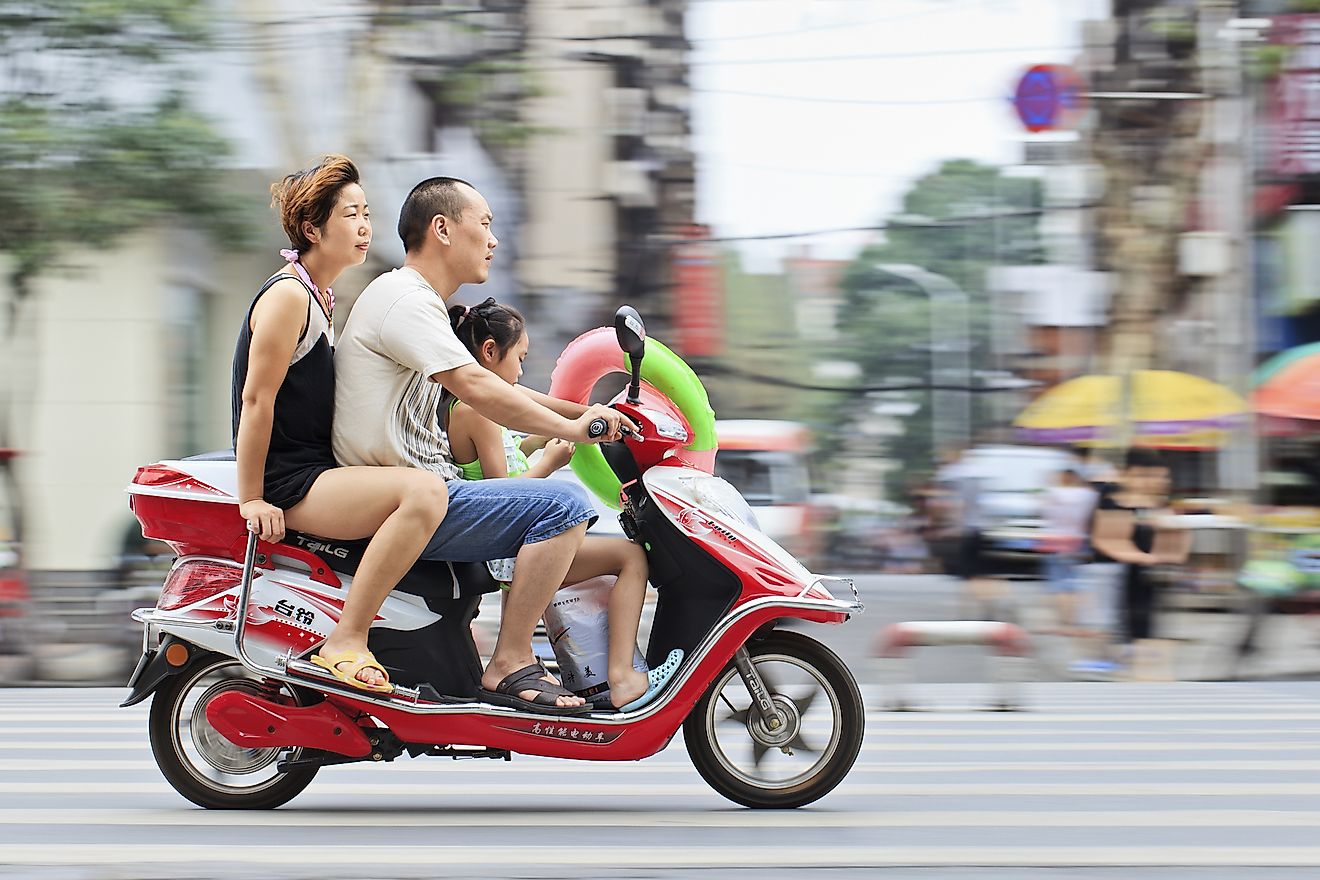
- Parents in violation of the one-child policy found themselves subjected to heavy fines and at risk of having their property seized by corrupt officials.
- The thirteen million babies born outside the one-child policy do not possess any identifying documents, which means they technically do not exist.
- In the early 1980s, women were forced to get abortions or to undergo sterilization if they became pregnant with a second child.
Today, China has the world’s largest population at 1.4 billion people. However, back in 1979, Chinese leader Deng Xiaoping established the one-child policy in order to lessen the demand for resources like water and housing. As of 1965, the average household had six children. To suddenly cut that number down to one meant that the policy prevented up to 400 million births.
But how much do westerners know about this one-child policy? How was it enforced? What are its consequences? Hopefully the following ten facts will illuminate some of these lesser-known details.
10. History of Family Planning
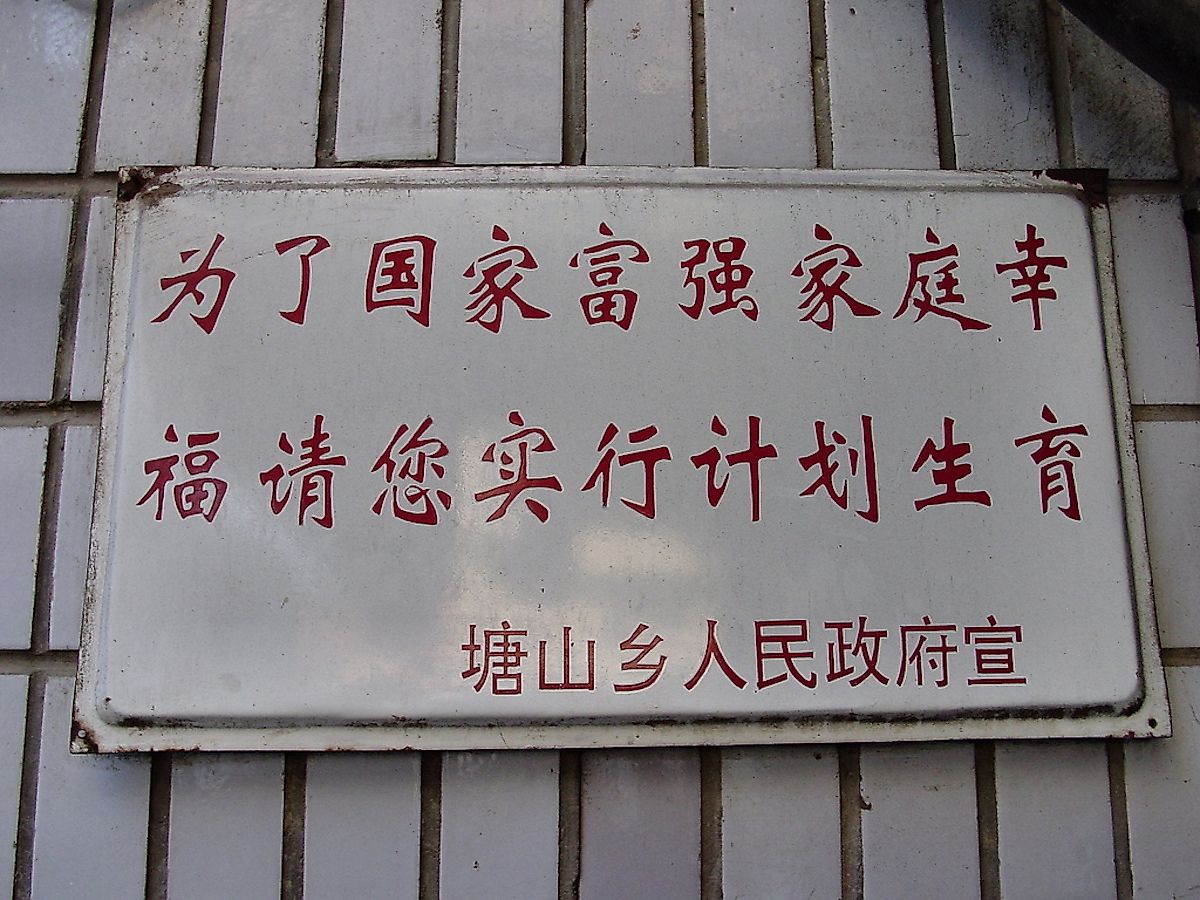
China’s population started outpacing available resources long before the introduction of the one-child policy. Following the establishment of the People’s Republic of China in 1949, the Chinese government began preaching the importance of family planning and encouraging the use of birth control as a means of managing the population. These initiatives were non-mandatory, however, and did not produce the expected results. Despite the Great Chinese Famine which killed tens of millions of people, the country’s population was still rapidly approaching one billion by the late 1970s.
9. Incentives
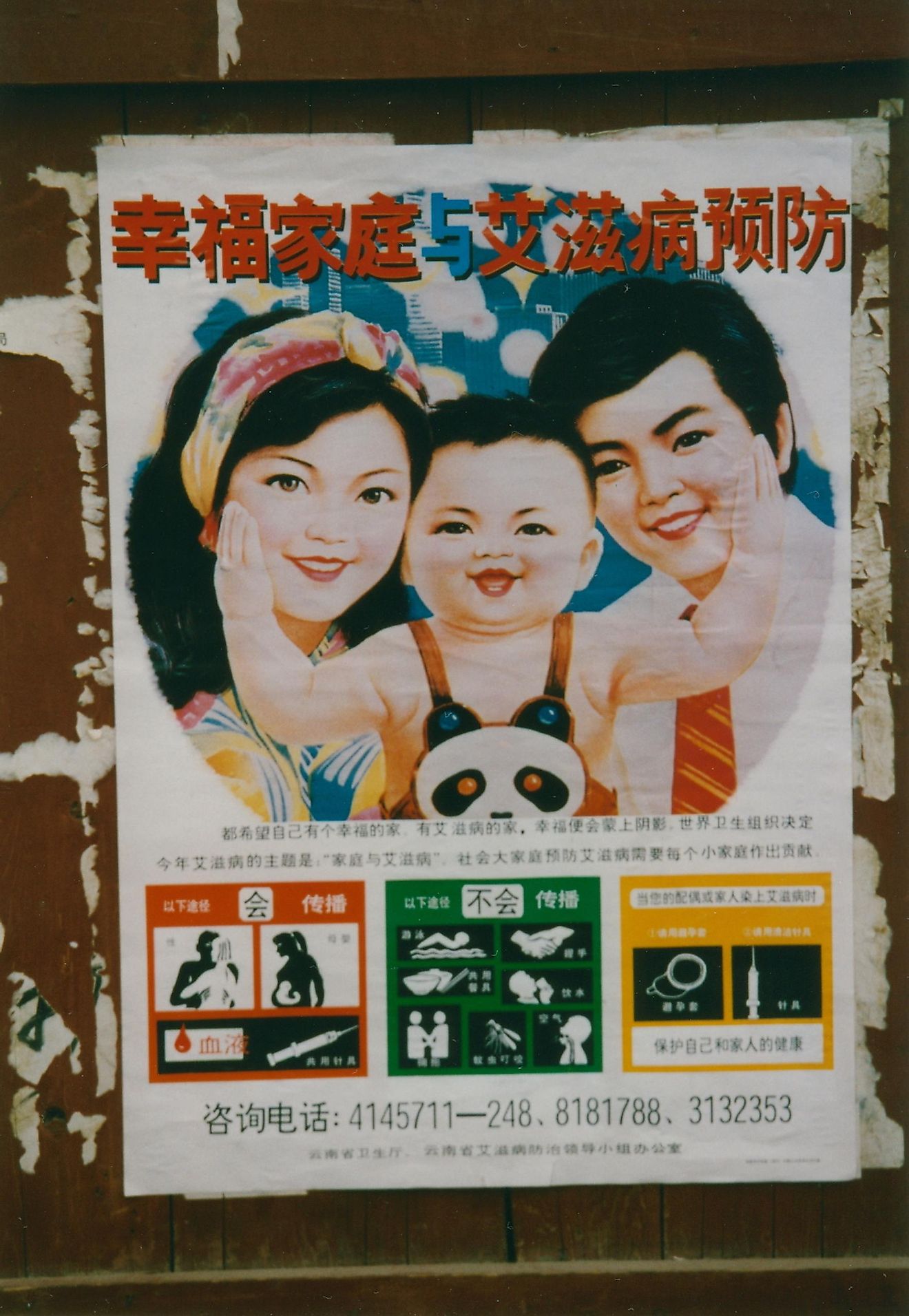
Parents who complied with the one-child policy would receive a certificate which entitled them to all sorts of benefits, including access to government services, better employment opportunities, higher wages, longer maternity leave, quality childcare, and better housing. These benefits acted as incentives to make the policy seem more agreeable.
8. Punishment
Needless to say, these benefits were not available to those who did not comply with the one-child policy. If violated, parents would find themselves subjected to heavy fines and at risk of having their property seized by corrupt officials. To make matters worse, salaries were often reduced by fifteen percent and gaining access to assistance services suddenly became quite difficult. In extreme cases, women endured forced sterilization.
In regard to their own families, government officials and the country’s wealthy often ignored the policy, because they could afford to pay the fines. In fact, many offending officials were never punished at all.
7. Exceptions
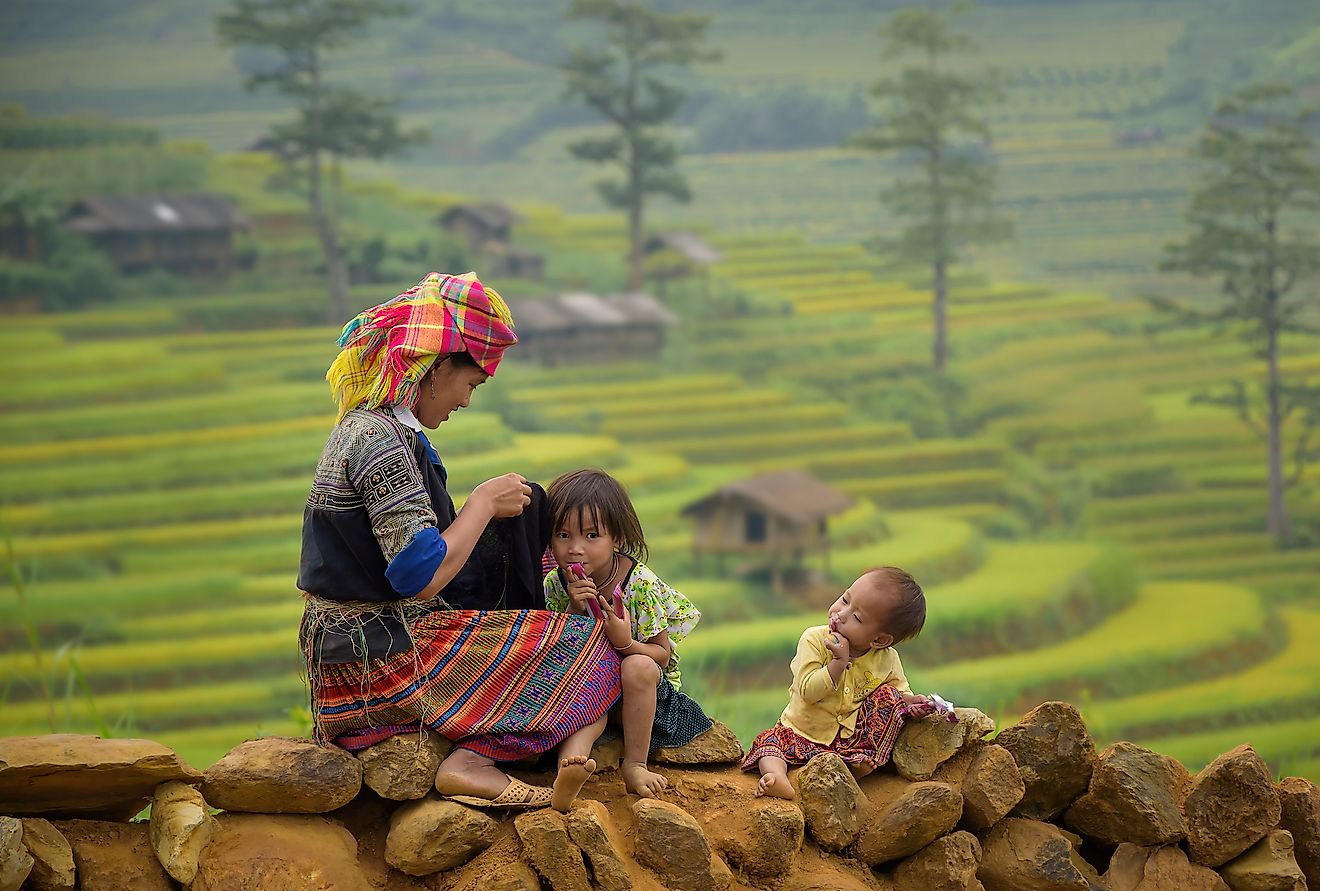
The one-child policy did not apply to everyone in China. Only the Han people—the world’s largest ethnic group—were expected to comply. Ethnic minorities, such as Uighurs and Tibetans, were allowed to have more than one child, and so were rural Chinese families if their firstborn was a baby girl. Another exception permitted couples to bear more offspring if they themselves were an only child. And lastly, a second kid was generally accepted if the first was born with major health issues.
6. Unregistered Children
Up to thirteen million babies were born outside the one-child policy, which means they were never officially recorded in the Chinese national household registration system. As a consequence, they do not possess a Hukou, an identifying document similar to a social security card. In other words, they technically do not exist. As ghosts, they are denied help from most government services. They will never receive formal education and healthcare, nor are they likely to hold a stable job or be able to open a bank account. For many parents unable to pay the hefty second-child fine, this might have been their only option.
5. Twins
Parents were allowed to keep both children if they had twins. In fact, those who were interested in having numerous kids but did not want to go against the government’s wishes often sought out fertility medicines to increase the chances of having twins. The most popular method was the “multiple baby pill,” but taken incorrectly, it had serious side effects. Nonetheless, it is estimated that the number of twins born per year doubled during the one-child policy.
4. Treatment of Women
With one million part-time and full-time workers hired to ensure women were using birth control, the treatment of women was incredibly questionable at the best of times. In many cases, particularly in the early 1980s, women were forced to get abortions or, as mentioned above, to undergo sterilization if they became pregnant with a second child. One way in which the Chinese government discouraged women from violating the policy was to deny them drugs when giving birth the first time.
3. Gender Imbalance
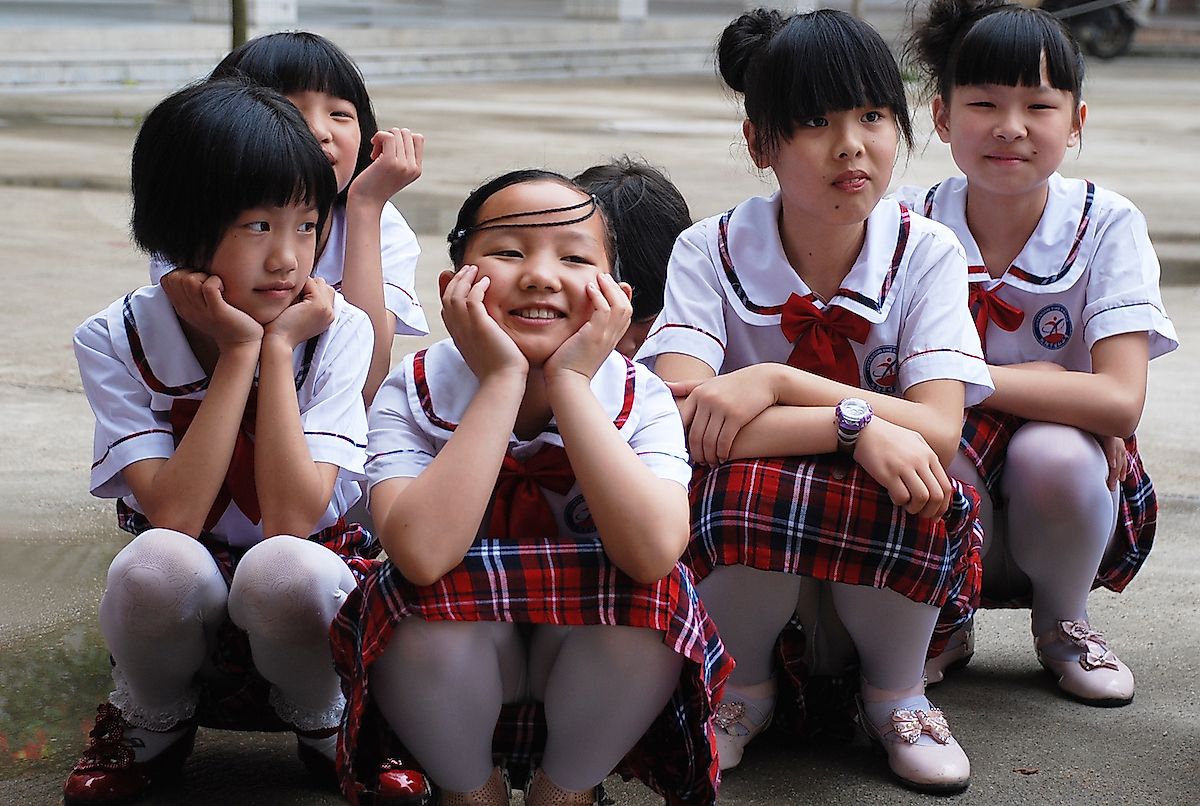
Living in a male-dominated society, many Chinese families hoped for a boy as their one legally permitted child. As a result, girls were often neglected or put up for adoption to foreign parents out of disappointment. Doctors were banned from revealing the sex of unborn children, but through bribery, many parents were able to abort female fetuses before they could be reported to the government. This provided parents the opportunity to “try again.” It should be noted, however, that many baby girls were born to loving parents and received a better education than they normally would have with multiple siblings.
Regardless, preferential treatment has created a great gender imbalance. There is approximately 33 million more young men than women living in China today. That means millions of men will not be able to find wives. Because of this, government officials have expressed concerns about men resulting to kidnapping and the potential rise in victims of sex trafficking.
2. The Chinese Workforce
It has been over forty years since the introduction of the one-child policy and we are now beginning to feel the negative consequences of population control. For example, China’s workforce has been shrinking rapidly over the past several years. The United Nations has predicted that the country will lose approximately 67 million workers by 2030. The two-children policy was put in place on January 1, 2016, but it might be at least two decades until it begins to mend the damage done to the Chinese economy by the one-child policy.
1. Aging Population
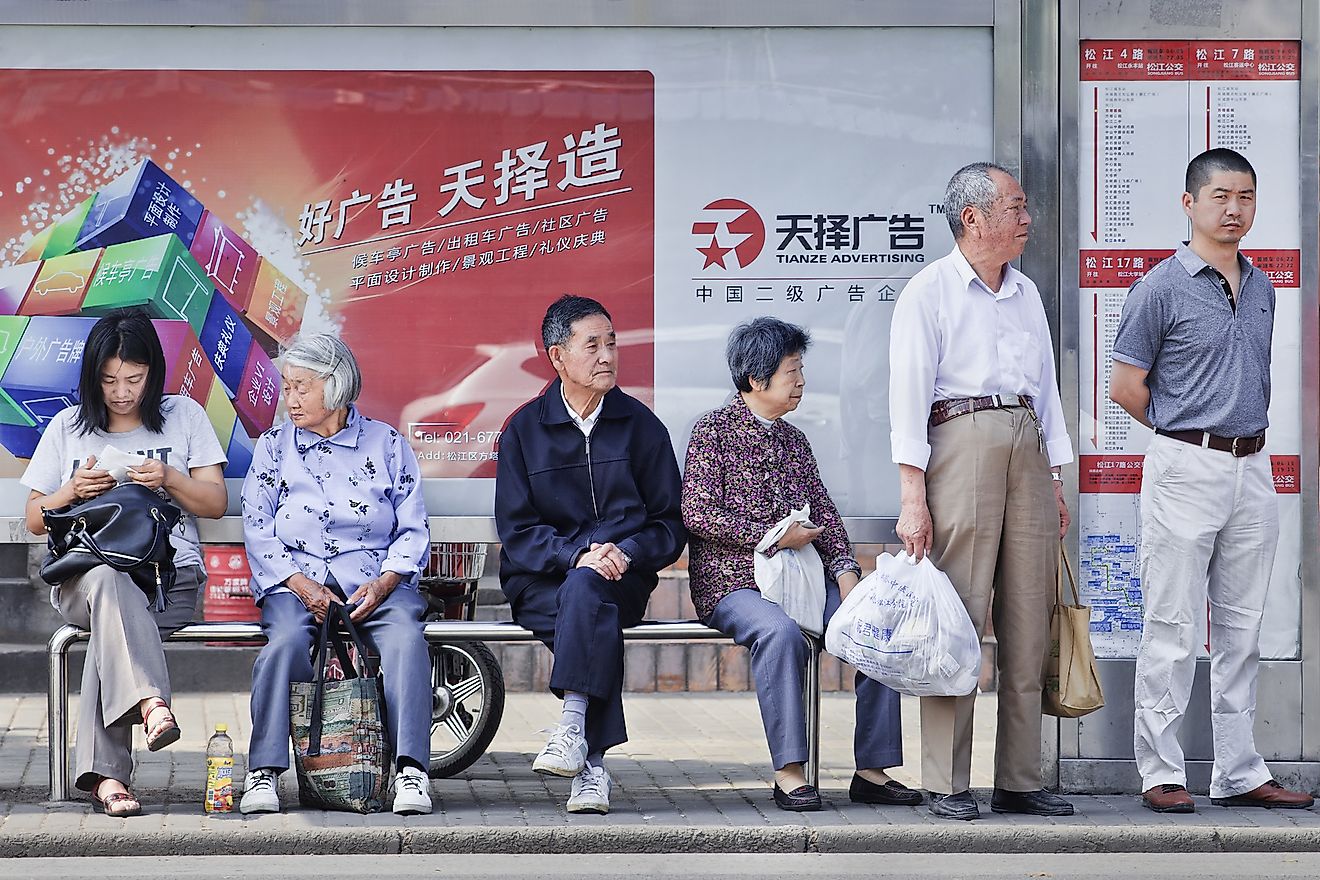
With a lowered birthrate, China is facing an imbalance with their aging population as well. As parents of the policy continue to retire, their one child will be burdened with supporting them—and in some cases, their grandparents—all by themselves. With a dwindling workforce, there will also be too few caregivers to tend to people who never had kids, which will put a large strain on Chinese resources, like healthcare. Such a drastic age imbalance and the decrease of workers are two of the main reasons why the one-child policy was amended to two.











